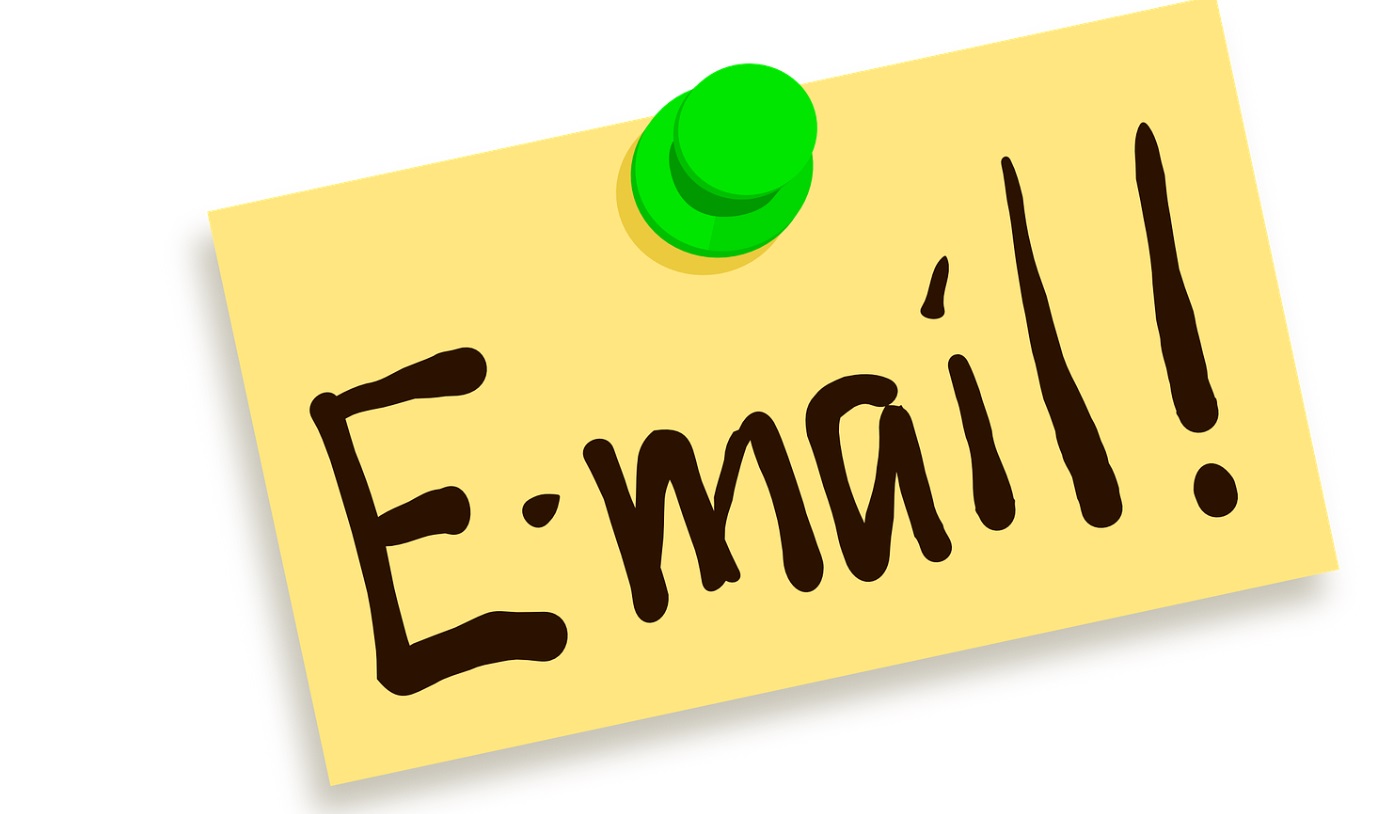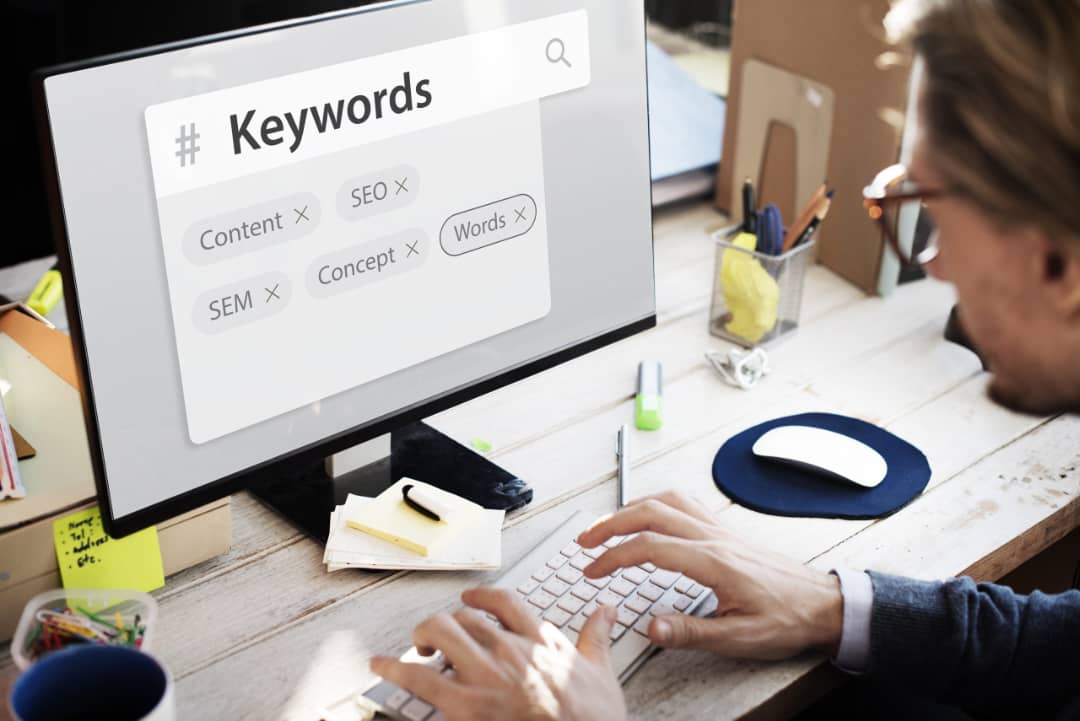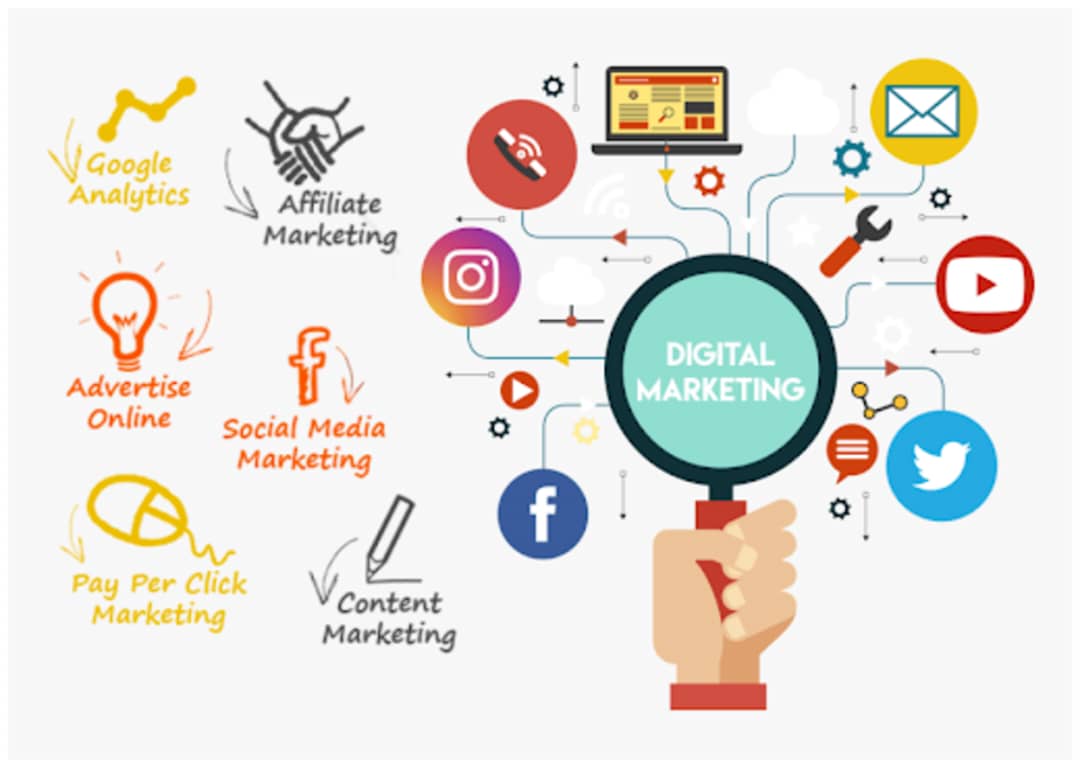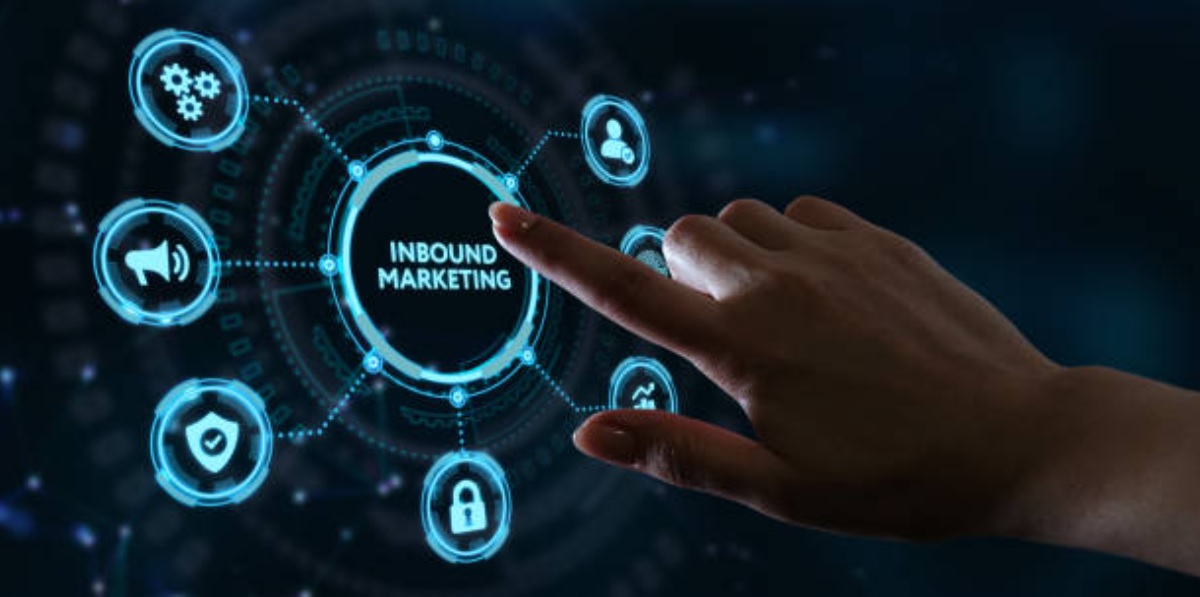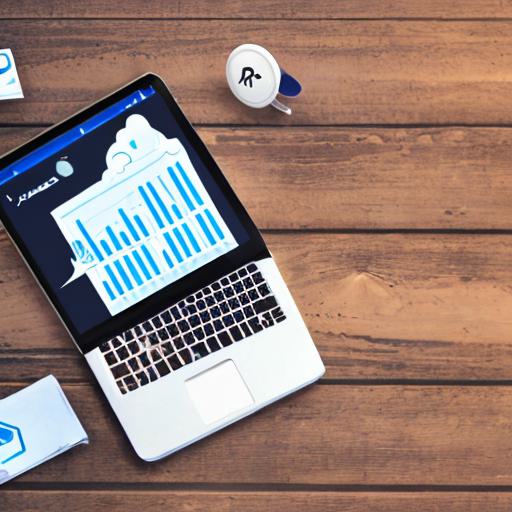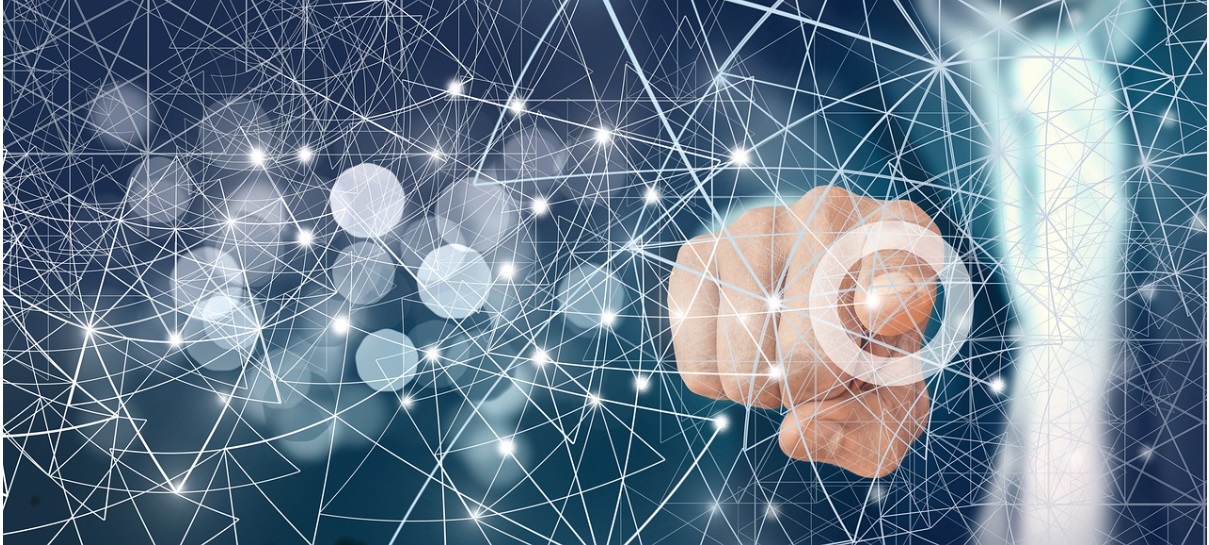In today’s fast-paced business world, it’s easy for inactive customers to forget about your product or service if they don’t hear back after the first contact. This is where the English follow-up email comes in. A well-designed English follow-up email can help you stay at the top of your list of inactive customers and ultimately convert them into new paying customers. . In this article, we’ll explore the art of designing an effective follow-up email in English, including the elements that make up successful emails, the do’s and don’ts of following up with a late-paying customer. payment of the invoice for his purchases, and some reminder email templatesfor different business sectors.
The importance of the follow-up email
Studies have shown that the majority of sales are not made during the first contact with a potential customer, but rather between the fifth and the twelfth contact. This means that following up on your inactive customers is crucial if you want to convert them into new customers.
A follow-up email is a simple and effective way to remind your inactive customers of the existence of your product or service and to maintain their interest in your brand. It shows that you value their time and are committed to building a relationship with them.
What is an English follow-up email?
A reminder letter is a type of reminder email sent to inactive customers who have shown interest in your product or service but who have not yet acted or who are several days late on their payment deadline or abandoned carts. This is a gentle nudge that reminds them of your offer and encourages them to take the next step, including acquiring the product or paying the bills.
Reminder emails can be used in various situations, for example when an inactive customer has downloaded a free trial version of your management software but has not upgraded to the paid version, or when an inactive customer has added items in their cart but has not completed the invoice payment process or still has unpaid invoices or abandoned carts.
Elements of an Effective Reminder Email
To design an effective follow-up email , you need to include certain elements that will grab your inactive customer’s attention and encourage them to take action.
Write a perfect subject line
The subject line is the first thing your inactive customer will see when they receive your follow-up letter, so making it appealing is key. A good subject line should be clear, concise, and relevant to the recipients. It should also create a sense of urgency or curiosity that prompts recipients to open the message.
For example, instead of using a generic subject line like “Follow-up email: Upgrade to our Premium plan”, try using something like “Limited time offer: Upgrade to our Premium plan and save 50%”. This creates a sense of urgency and gives recipients a reason to open the email.
Write an attention-grabbing introductory sentence
The opening sentence of your follow-up letter should grab attention and be relevant to the recipients. It must also establish a connection with the payer and make him feel appreciated.
For example, instead of starting with a generic greeting like “Dear Customer”, try saying “Hello Jane, I hope you are enjoying your free trial of our management software”. This will show that you know who the recipients are and that you are interested in their experience with your product or service.
Body of the follow-up email: What to include
The body of your message should be concise and focused on the benefits of your product or service. It should also feature a clear call to action that encourages recipients to take the next step.
When writing the body of your follow-up email, try to answer the following questions:
- What problem does your product or service solve?
- What is the benefit of your product or service for recipients?
- What’s the next step your recipients need to take? Paying bills?
For example, if you are sending a follow-up email to inactive customers who have added items to their carts and have abandoned carts and have not completed the checkout process, your follow-up email could contain benefit information. of your product, such as free shipping or a money-back guarantee. It can also contain a clear call to action, such as “Complete your purchase now and get 10% off your order before the expiration date.”
Call to action: Boost conversions with your email reminder
The call to action is the most important part of your follow-up email. This is when you ask your recipients to take action, such as making a purchase or upgrading to a paid plan.
To create an effective CTA, you need to be clear and specific about what you want your recipients to do. For example, instead of using a vague CTA like “Learn more”, try using something like “Upgrade to our Premium plan now and get access to exclusive features”. This creates a sense of urgency and gives recipients a clear reason to take action before a due date so they rush to pay their overdue bills.
Customization of reminder mail
The personalization of your reminder email is essential when it comes to designing effective reminder emails. By personalizing your follow-up email, you can make your recipients feel valued and increase the chances of conversion.
Here are some ways to personalize your follow-up email:
- Use your recipients’ names in the subject line and in the greeting.
- Refer to recipients’ previous interactions with your brand
- Adapt the content of the follow-up email to the interests or needs of your recipients.
For example, if you send a follow-up email to an inactive customer who has downloaded a free trial version of your management software, you can refer to the features he has used and suggest other features that could be useful to him. useful.
Do’s and Don’ts for Email Reminders
To ensure your reminder emails are effective, there are some do’s and don’ts to keep in mind.
To do :
- Personalize your follow-up email
- Use a clear and compelling subject line
- Be concise and focus on the benefits of your product or service.
- Include a clear call to action
- Follow up with additional telephone follow-up if necessary.
Do not do :
- Use a generic greeting
- Include too much information in the follow-up email
- Use a vague or unclear call to action
- Sending too many reminders in a short period of time
Create a follow-up email sequence
Sometimes a single follow-up email is not enough to convert an inactive customer into a potential customer. In this case, you can create a sequence of follow-up emails that will be sent over a certain period. In this case, you can entrust the management of your follow-up emails to SoContact, which, thanks to their task management system, can follow up with your customers, in order to convert them into new customers, or encourage them to pay their invoices late.
The first letter in the sequence should be a follow-up email similar to the one we discussed in this article. Subsequent emails can be more personalized and focused on the specific interests or needs of the recipients.
For example, if you send a series of follow-up emails to a potential customer who has downloaded a free trial version of your management software, the first letter could be a customer follow-up in order to upgrade to the paid version. The second follow-up email could focus on features the potential customer has used and suggest other features they might find useful. The third follow-up email could offer a special discount or promotion to encourage the potential customer to make a purchase.
Collection letter template for different business sectors
To help you get started, here are some follow-up email templates for different industries:
Ecommerce
Subject line: Your cart is pending: Shop now and save 10%.
Hello [Recipients],
We noticed that you have abandoned carts. Don’t miss out on these great products – make your purchase now and save 10% before the expiration date….
[Include a brief description of the benefits of your product or service, such as free shipping or a money-back guarantee.]
[Include a clear call to action, such as “Complete your purchase now”].
Best, [Your name]
Management software ###
Subject: Don’t Miss These Exclusive Features: Upgrade to our Premium Plan Now
Hello [Recipients],
We hope you enjoy your free trial of our management software. Did you know that by upgrading to our Premium plan, you will have access to exclusive features that will allow you to step up a gear?
[Include a brief description of exclusive features].
[Include a clear call to action, such as “Upgrade to our Premium plan now”].
Best, [Your name]
Services
Subject: Don’t let your business fall behind: Schedule a consultation now
Hello [Recipients],
We noticed that you haven’t scheduled a consultation with us yet. Don’t let your business fall behind – schedule a consultation now and find out how we can help you achieve your goals.
[Include a brief description of the benefits of your service].
[Include a clear call to action, such as “Book a consultation now”].
Best, [Your name]
Final thoughts on designing effective follow-up emails in English
Designing an effective follow-up email in English is above all about creating a personalized and convincing message that encourages the recipient to take action. By following the tips and templates in this article, you can create follow-up emails that convert potential customers into paying customers. Remember to keep it concise, focus on the benefits of your product or service, and include a clear call to action. After all these tips, you can trust SoContact to send group follow-up emails to your potential customers, thanks to its developed task manager system. And do not hesitate to follow up by sending an additional follow-up email if necessary.
Good sending of your follow-up email!
How to write a professional follow-up email in English?
How can I make my follow-up email in English effective?
What are the polite formulas to use in a follow-up email in English?
How to follow up with a customer who does not answer in English?
How many times can you follow up with recipients without sounding insistent in English?
What tone to use in a follow-up email in English?

